One of the most irritating defences to meet when playing 1 d4 as White is the Benko Gambit (1 d4 Nf6 2 c4 c5 3 d5 b5). It was foreshadowed by a Ruy Lopez between Nimzowitsch and Capablanca from St Petersburg 1914. In that classic game, White won a queenside pawn in ingenious fashion, only to see the black forces pour down the open lines occasioned by the pawn loss and destroy White’s queen’s flank.
The opening moves of Nimzowitsch-Capablanca, St Petersburg 1914 were as follows: 1 e4 e5 2 Nf3 Nc6 3 Nc3 Nf6 4 Bb5 d6 5 d4 Bd7 6 Bxc6 Bxc6 7 Qd3 exd4 8 Nxd4 g6 9 Nxc6 bxc6 10 Qa6 Qd7 11 Qb7 Rc8 12 Qxa7 Bg7 13 0-0 0-0 14 Qa6 Rfe8 15 Qd3 Qe6 16 f3 Nd7 17 Bd2 Ne5 18 Qe2 Nc4 19 Rab1 Ra8 20 a4 Nxd2 21 Qxd2 Qc4 (see diagram 1) when Black had tremendous (and typically Benko-like) queenside pressure and went on to win.
The Benko Gambit orchestrated this concept into a clear strategy. Now Cyrus Lakdawala, in his latest book, Opening Repertoire 1 d4 with c4 (Everyman Chess), has recommended a line which abjures material gain in exchange for a fight for the initiative. Notes based on Lakdawala’s.
Nakamura–Vachier-Lagrave: Cap d’Agde 2008; Benko Gambit
1 d4 Nf6 2 c4 c5 3 d5 b5 4 cxb5 a6 5 f3 e6 In this line Black doesn’t fianchetto on the kingside and instead tries to dismantle the white centre before it is even built. 6 e4 exd5 7 e5 Qe7 8 Qe2 Ng8 9 Nc3 Bb7 10 Nh3 c4 11 Nf4 Qc5 (see diagram 2) 12 Nfxd5 A powerful sacrifice for which White gets numerous pawns and a serious lead in development. 12 … Bxd5 13 Be3 Qb4 14 a3 Qa5 15 Bd2 Be6 16 Nd5 Qd8 17 Qxc4 Ra7 18 Rc1 axb5 Better is 18 … Bxd5 19 Qxd5 axb5 20 Bxb5 Ne7, though Black is by no means out of the woods. 19 Nc7+ Rxc7 Obviously not 19 … Ke7?? 20 Bb4+ d6 21 Bxd6+ Kd7 22 Qxb5+ Kc8 23 Nxe6+, which is a bloodbath. 20 Qxc7 White stands clearly better here, since he will end up with three pawns and a rook for two minor pieces in an endgame. 20 … Nc6 21 Qxd8+ Kxd8 22 Bxb5 Nxe5 This costs precious time. It’s understandable that Black wants to reduce White’s material advantage but the price is too high as White’s initiative is allowed to grow out of control. Black should downscale his expectations and play the more sober 22 … Nge7, when 23 f4 can be met by 23 … g5! 23 Ba5+ Ke7 Forced, as 23 … Ke8?? hangs a piece to 24 Rc8+ Ke7 25 Bb4+ d6 26 Re8+ Kf6 27 Rxf8. 24 Rc8 f5 25 Bb4+ d6 26 Rxf8 Kxf8 27 Bxd6+ Kf7 28 Bxe5 Nf6 29 0-0 Rc8 30 a4 Nd5 31 Ra1 According to the endgame principle of placing rooks behind passed pawns. 31 … Rc2 32 Bd3 Rd2 33 Bc4 Rc2 34 b3 Ne3 35 Bxe6+ Kxe6 36 Bd4 f4 After 36 … Nxg2 37 a5 Nh4 (or 37 … Nf4 38 Kh1) 38 Bf2 Nxf3+ 39 Kg2, the passed a-pawn will cost Black his knight. 37 Bxe3 fxe3 38 a5 Kd5 39 a6 Rc8 40 a7 Ra8 41 Kf1 Black resigns.
Got something to add? Join the discussion and comment below.
Get 10 issues for just $10
Subscribe to The Spectator Australia today for the next 10 magazine issues, plus full online access, for just $10.
You might disagree with half of it, but you’ll enjoy reading all of it. Try your first month for free, then just $2 a week for the remainder of your first year.

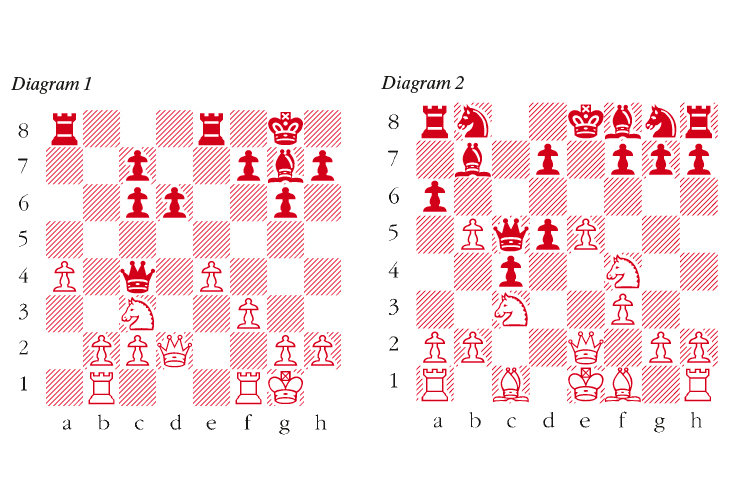
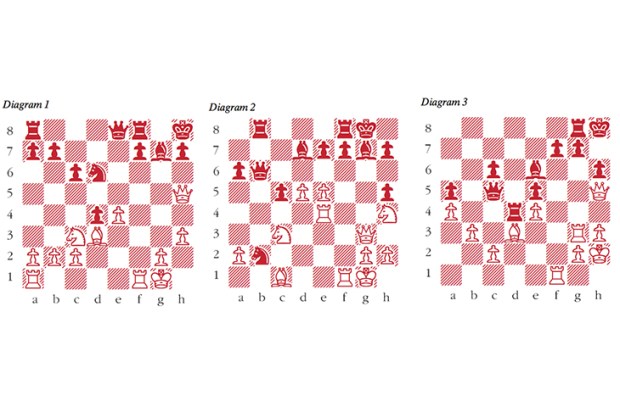

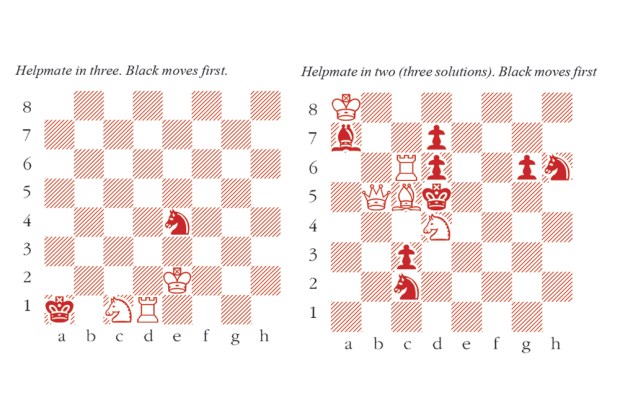
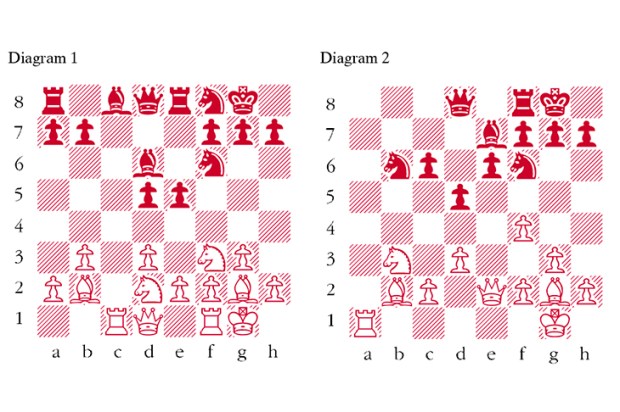
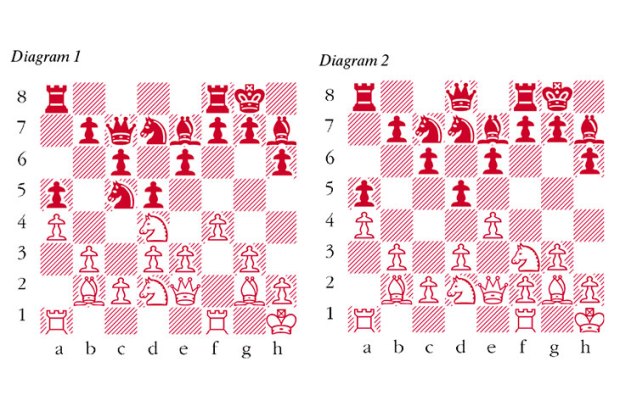
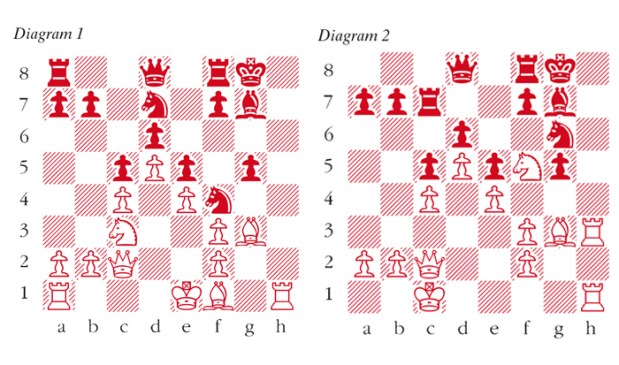






Comments
Don't miss out
Join the conversation with other Spectator Australia readers. Subscribe to leave a comment.
SUBSCRIBEAlready a subscriber? Log in